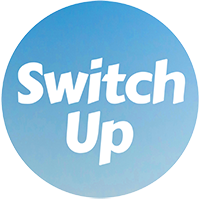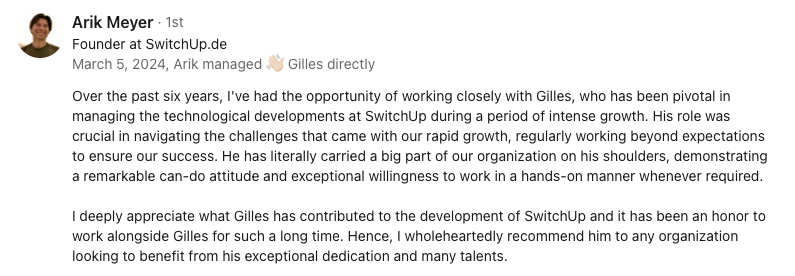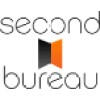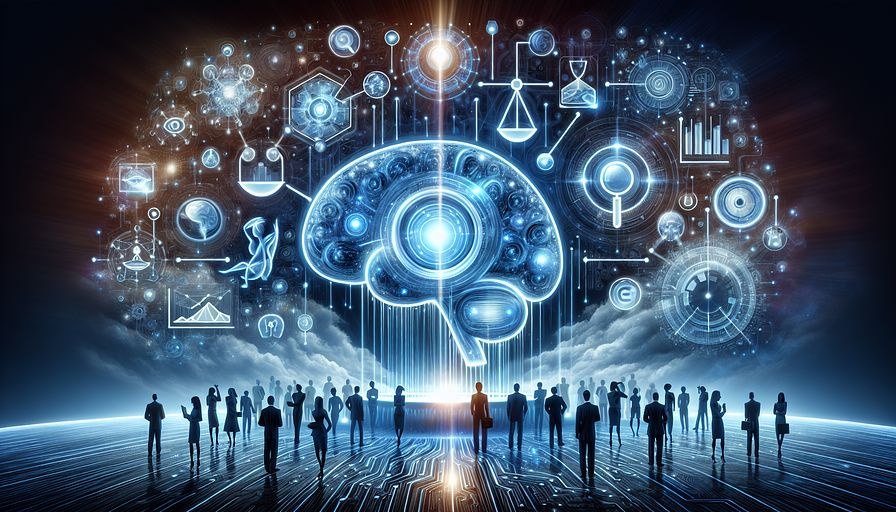Abstract:
The article discusses how the Internet of Things (IoT) is transforming workplaces to enhance employee comfort and productivity by personalizing the environment. It highlights the role of IoT in creating adaptive and healthier workspaces through smart climate and lighting systems, ergonomic furniture, and wearable health monitoring devices. These innovations help manage temperature, lighting, and posture, all of which contribute to reducing fatigue and boosting cognitive performance. The article underscores the importance of maintaining air quality and minimizing noise, which are monitored by IoT devices to improve health and reduce absenteeism. It also addresses privacy and ethical concerns, emphasizing compliance with regulations like GDPR and involving employees in policy development. Real-world examples, such as Emteq Labs and HappierWork, illustrate successful IoT implementations that enhance employee well-being and satisfaction. The article concludes by outlining future IoT trends, including advancements in remote work technologies, and offers actionable insights for tech executives to strategically implement IoT solutions for improved workplace well-being.
As workplaces continue to evolve, ensuring they are comfortable for employees is more important than ever. The Internet of Things (IoT) can transform our offices into environments that enhance comfort and productivity. Imagine walking into an office where the temperature is perfectly adjusted, the lights adapt to your tasks, and your desk supports your posture. These are not just futuristic concepts; they are happening now, thanks to IoT. This article explores how IoT is reshaping our workspaces to improve well-being. From smart climate controls to ergonomic solutions, IoT personalizes the workplace, making it more enjoyable and efficient.
The Role of IoT in Enhancing Employee Comfort
Creating a conducive work environment is crucial today, and IoT technologies offer excellent solutions. They help transform workplaces to boost well-being, reduce fatigue, and add personalization that traditional setups lack.
Smart Climate and Lighting Systems
Personalized Environmental Control
IoT climate control systems are revolutionizing how we manage workspaces by allowing individual temperature preferences. This personalization is key for employee comfort and productivity. Having lived in different climates, I know firsthand how temperature affects concentration and energy levels. IoT systems learn from user behavior to adjust settings. Studies from Building and Environment confirm that comfortable climate control boosts mood and cognitive performance.
Dynamic Lighting Solutions
Smart lighting systems adapt to both environmental conditions and individual needs, reducing eye strain and fatigue. Research in the Journal of Environmental Psychology shows adaptive lighting enhances visual comfort and productivity. Transitioning from static to IoT-enabled lighting systems makes workspaces feel more natural and less tiring.
IoT-Enabled Ergonomic Solutions
Smart Furniture for Better Posture
Using IoT in office furniture is an intelligent way to enhance comfort. Sensors in chairs and desks monitor posture and suggest adjustments. This helps prevent musculoskeletal issues and promotes better health, particularly in reducing back pain common among office workers.
Wearable Devices for Health Monitoring
Wearable IoT devices provide real-time feedback on posture and activity levels, promoting healthier work habits. They offer personalized health insights, encouraging routine adjustments for better well-being. The Journal of Organizational Computing and Electronic Commerce notes these wearables prompt proactive behavioral changes crucial for maintaining health in a sedentary environment.
Enhancing Health and Environmental Quality with IoT
Maintaining a healthy work environment is crucial. IoT helps monitor and improve health and environmental conditions, significantly benefiting employee well-being.
Air Quality and Noise Level Monitoring
IoT devices are essential for enhancing workplace air quality. They measure parameters like CO2 and particulate matter, maintaining a healthy environment. According to the Journal of Environmental Monitoring, poor air quality can cause health issues and increased absenteeism. IoT devices ensure optimal air quality, promoting health and reducing sick days. They also address noise pollution, creating a calmer work atmosphere, as noted by the WHO findings.
Wearable Health Monitoring Devices
Wearable IoT devices lead in personalized health monitoring at work. They track health metrics like heart rate and stress levels, offering personalized interventions. The Journal of Medical Internet Research highlights the benefits of real-time data for personalized health strategies. This not only supports physical health but also mental well-being, as shown in Frontiers in Public Health. Employees using wearables report reduced stress and greater satisfaction.
Boosting Engagement and Productivity
In today's workspaces, IoT enhances employee engagement and productivity by creating adaptive and flexible environments.
Adaptive Workspaces
Designing Spaces for Creativity and Collaboration
IoT helps create adaptable workspaces that encourage creativity and collaboration. Offices adjust layouts based on tasks, whether for focused work or brainstorming sessions. With tools like Microsoft Azure IoT, data on space usage helps design effective work environments. This enhances creativity and collaboration by providing the right setting for various activities.
Flexible Workstations as Productivity Boosters
IoT data shows how employees interact with spaces, leading to workstations that match current needs. This flexibility supports productivity by aligning workspace arrangements with employee use. Beyond physical spaces, IoT provides insights into productivity patterns, helping organizations reconfigure spaces dynamically for optimal conditions.
Utilizing IoT Data for Productivity Insights
Personalizing Work Schedules for Peak Performance
Analyzing IoT data reveals employee productivity patterns, identifying peak times. Personalized schedules ensure work during effective periods, boosting productivity. This personalization supports optimal working conditions for everyone.
Optimizing Workloads to Reduce Burnout
IoT data on movement and environment informs workload management. Monitoring activity and environmental factors helps adjust workloads, minimizing stress and preventing burnout. Studies in the Journal of Organizational Computing and Electronic Commerce show data-driven decisions reduce stress and foster a healthier work environment.
Privacy and Ethical Considerations in IoT Workplace Implementation
As IoT technologies enhance workplace efficiency, privacy and ethical considerations are key. Addressing these ensures trustworthy IoT implementations.
Navigating Privacy and GDPR Compliance
Ensuring Compliance with GDPR Regulations
Implementing IoT requires strict adherence to privacy laws like GDPR. Organizations must obtain explicit consent before collecting personal data, ensuring transparency in data use and storage. Meeting GDPR standards builds trust among employees and stakeholders.
Building Trust with Robust Data Protection Strategies
Data protection goes beyond regulations, involving robust security measures to protect sensitive data. McKinsey & Company highlights the importance of trust, ensuring data is securely managed and communicated, enhancing ethical IoT use.
Ethical Guidelines for IoT Deployment
Maintaining Ethics Through Transparency and Audits
Transparency is crucial for ethical IoT deployment, ensuring employees understand data use. Regular audits maintain ethical standards, preventing misuse and ensuring compliance. Involving employees in these processes enhances ethical practices.
Engaging Employees in Policy Development
Involving employees in IoT policy development ensures their concerns are considered, leading to fair and ethical policies. The World Economic Forum highlights the benefits of employee involvement, encouraging ownership and responsibility towards data usage.
Real-World Applications and Case Studies
Exploring successful IoT implementations shows how these technologies enhance employee well-being.
Emteq Labs and Emotional Well-Being: Emteq Labs uses IoT wearables to monitor emotional and physical health, providing real-time data for stress management. These initiatives highlight emotional monitoring's importance in fostering a healthier work environment.
HappierWork and Environmental Monitoring: HappierWork uses IoT sensors to enhance workplace environmental conditions. Monitoring air quality and noise levels leads to improved employee satisfaction, aligning with studies in the Journal of Environmental Monitoring.
Cisco Systems: Reported a 15% increase in satisfaction scores after integrating IoT to enhance workplace conditions.
DHL Supply Chain: Observed productivity improvements and cost reductions, driven by precise environmental monitoring and workflow management.
Incorporating IoT solutions enhances employee well-being and organizational performance, offering mutual benefits.
Future Trends and Considerations
As IoT evolves, it promises advancements in workplace well-being, integrating deeply into our workspaces.
Predicted IoT Trends
Future IoT in workplaces will bring smarter environmental controls and wearable health technologies. Devices will anticipate needs, adjusting settings based on real-time data. Wearable technology will offer comprehensive health insights, supporting the trend of remote work.
IoT and Remote Work Enablement
IoT impacts remote work, integrating with modern tools for dynamic communication. Technologies like augmented reality can simulate in-person interactions, enhancing team engagement and productivity.
Actionable Insights for Tech Executives
For tech executives using IoT for workplace well-being, a strategic approach is key.
Conducting Needs Assessments
Conducting needs assessments identifies pain points related to well-being. Assessing IoT infrastructure ensures seamless integration, aligning technology with organizational needs.
Importance of Collaboration and Pilot Programs
Cross-departmental collaboration and pilot programs gather diverse perspectives, ensuring solutions meet all needs. Pilot programs test IoT solutions on a smaller scale, refining approaches based on feedback.
IoT technologies offer more than convenience; they enhance well-being and productivity. Smart systems adapt to needs, ergonomic furniture supports health, and wearables provide insights. By embracing these innovations, workplaces can reduce stress and boost satisfaction. As IoT evolves, it will shape work experiences, making them more comfortable and productive.














